The Downlink • Jun 10, 2022
First steps and big leaps
Space Snapshot
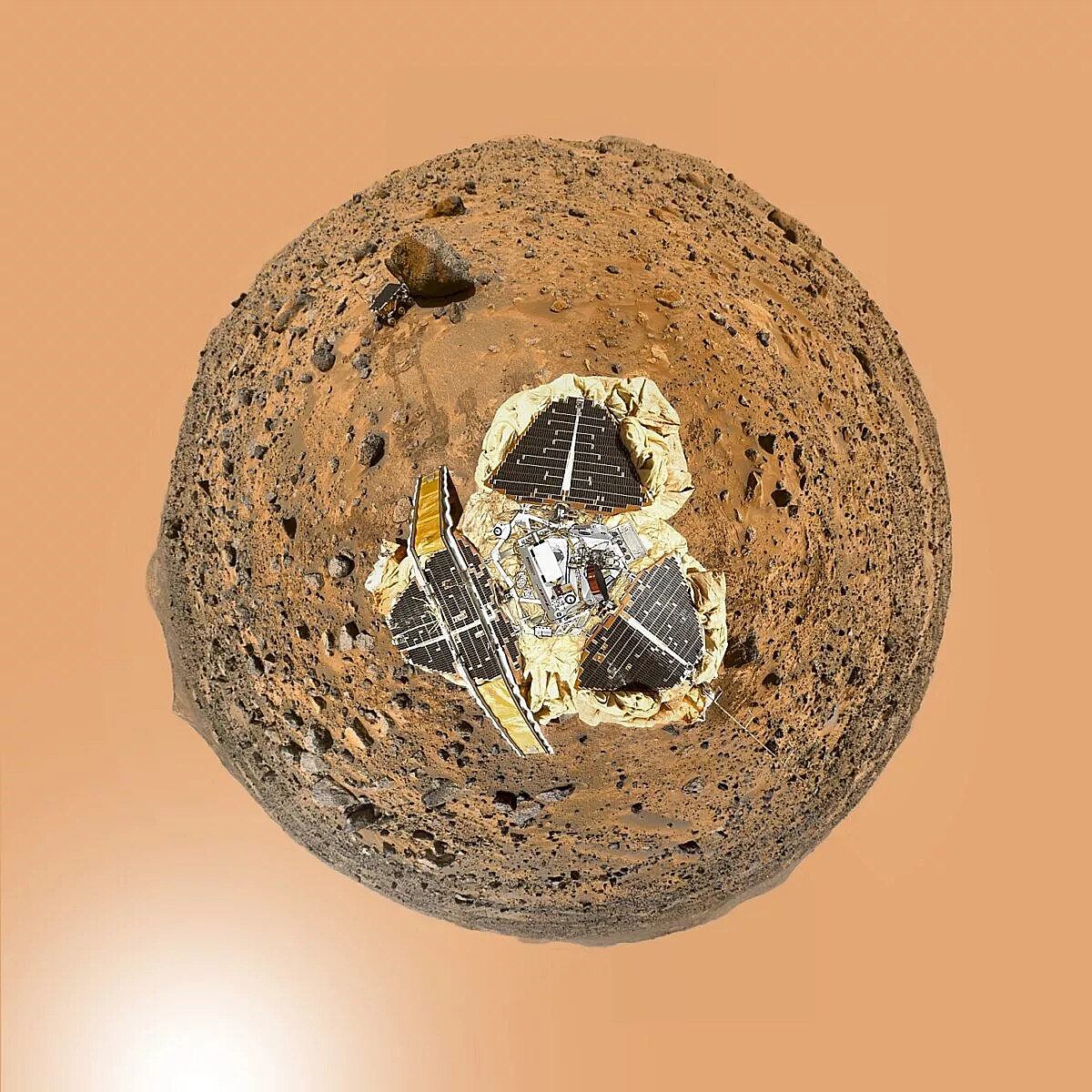
This week’s Snapshot is a throwback to a mission that kickstarted a whole era of Mars exploration: Pathfinder. When the NASA lander and its Sojourner rover arrived at Mars in 1997, it marked the beginning of a continuous, active robotic presence at the red planet that continues to this day. You can learn more about Pathfinder and its legacy on Mars in the latest issue of The Planetary Report, our quarterly magazine. Members receive a physical copy of the magazine, but the digital version is accessible for free to everyone. Pictured: A panoramic view made of images captured by Pathfinder. Planetary Society member Olivier de Goursac, who served as an outreach team member on the mission, helped process the image. Image credit: NASA/JPL/Olivier de Goursac.
You love space, now take action
This weekly newsletter is your toolkit to learn more about space, share information with your friends and family, and take direct action to support exploration. Anyone can subscribe at planetary.org/connect to receive it as a weekly email.
Mission Briefings
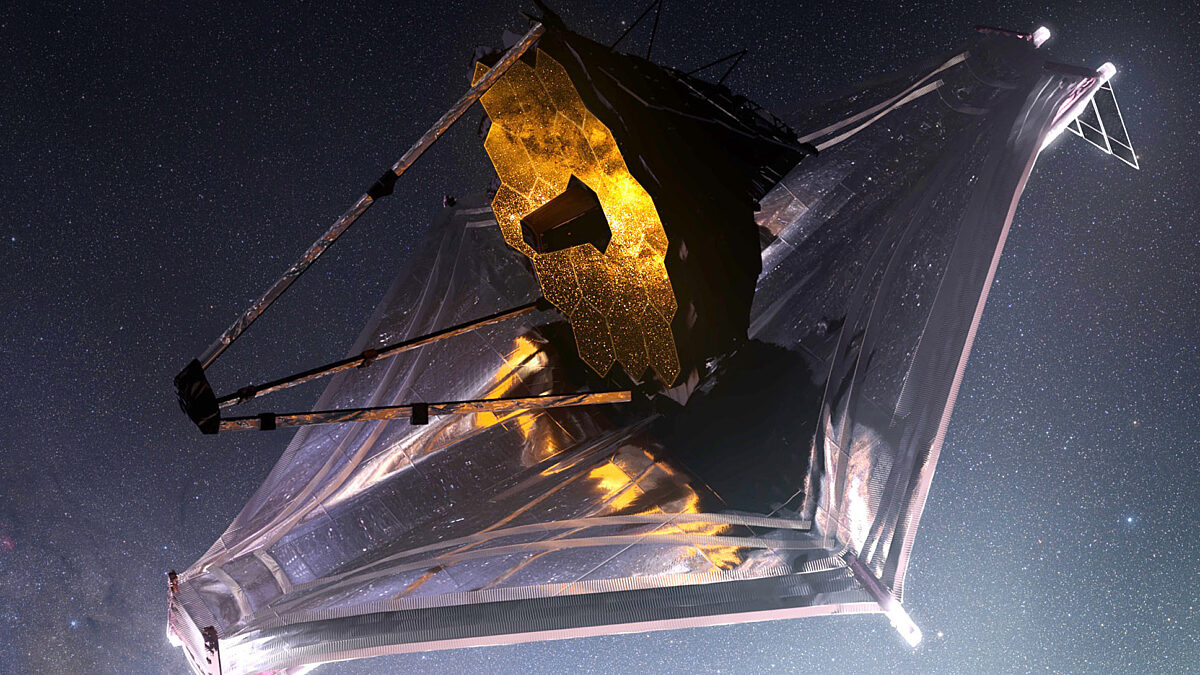

The countdown begins! NASA has officially announced that the first science images from JWST will be released on July 12. Although several calibration and test images from the space telescope have already been shared with the public, mission representatives have hinted that the first science images will be much more spectacular. Pictured: An artist’s depiction of JWST. Image credit: NASA / Adriana Manrique Gutierrez.

China is preparing to launch a crewed mission to complete its space station. The China Manned Space Agency announced that a six-month mission will complete the addition of two laboratory modules to the Tiangong station.

NASA is preparing to test its Artemis 1 launch system. The combination of a Space Launch System rocket topped by an Orion crew capsule, designed to take astronauts to the Moon, is at the Kennedy Space Center for a critical series of tests known as a wet dress rehearsal. The tests involve fueling the rocket and simulating a launch countdown, and are expected to begin on June 19.
From The Planetary Society
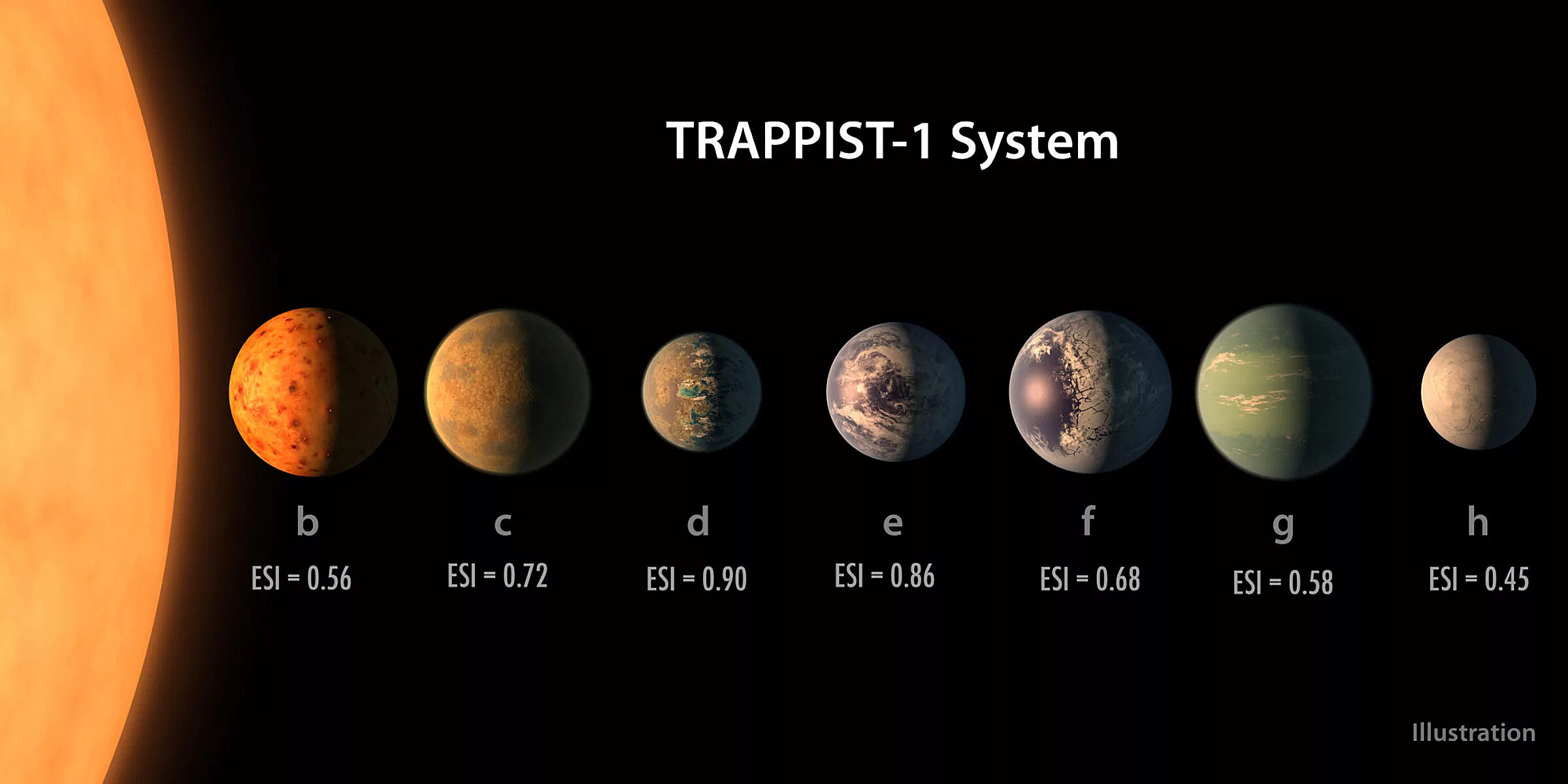

JWST is the ultimate new exploration tool. One of the space telescope’s powerful capabilities is to peer at exoplanet systems, potentially revolutionizing our understanding of the cosmos. One exoplanet system that’s of particular interest is TRAPPIST-1, a tiny star with seven rocky planets in orbit around it. We spoke with researchers who will be using JWST to observe the TRAPPIST-1 system about the telescope’s game-changing capabilities and what they hope to discover. Pictured: An artist’s impression of the TRAPPIST-1 system with each planet’s Earth Similarity Index score. Image credit: NASA / JPL-Caltech / F. Marchis.

What will be the next groundbreaking exploration technology? The Planetary Society’s STEP grant program is once again seeking proposals for innovative science and technology projects that will help explore worlds, find life, or defend the Earth from impacts. Our first grant winners are already hard at work expanding the frontiers of exploration. Who’s next?

Distant worlds are the ultimate inspiration for innovation. When we strive to visit and study planets beyond our own, it motivates us to push the boundaries of science and technology. For decades, Mars has been this motivator. This is evident in the excerpts from the Humans to Mars conference that you’ll hear in this week’s episode of Planetary Radio. And now that the planetary science community has set its sights on a mission to Uranus, we have a new (and very distant) destination that will challenge us even more. You’ll hear all about that on this month’s Planetary Radio: Space Policy Edition, in an interview with Planetary Society president and planetary scientist Bethany Ehlmann.

When it comes to planetary defense, advances in space technology are a matter of life or death. If an asteroid comes onto a collision course with Earth, it’s essential that we have the ability to spot it, track it, understand it, and deflect it away from Earth. This is why The Planetary Society continuously invests in our multifaceted planetary defense program, and why we need your support. Donate today and do your part to ensure that the most important technologies are ready when we need them.
What's Up

On June 14 enjoy the supermoon: a full Moon that looks particularly big because it occurs near the closest point in the Moon’s elliptical orbit around the Earth. The predawn skies are also super-special, with all the visible planets showing up. From the horizon up: Mercury (although it’s still very close to the horizon), Venus, Mars, Jupiter, and Saturn. Learn more at planetary.org/night-sky.
A cozy step toward the future of exploration
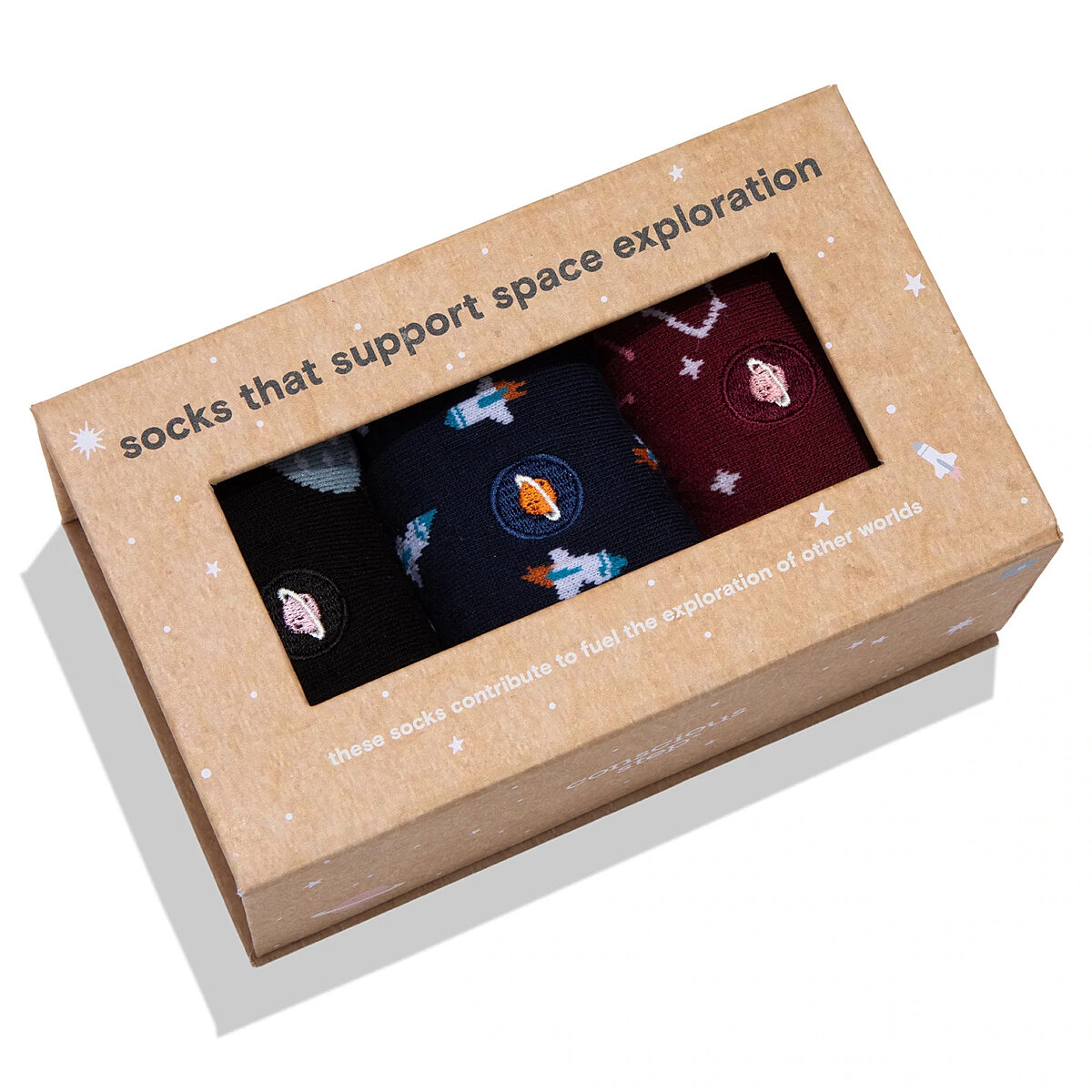
While you’re working to advance the future of space science and exploration, make sure your feet are comfy at the same time! The Planetary Society has partnered with Conscious Step to make a series of space-themed socks featuring rockets, constellations, and galaxies. Every purchase helps support our mission. Get yours today!
Wow of the Week
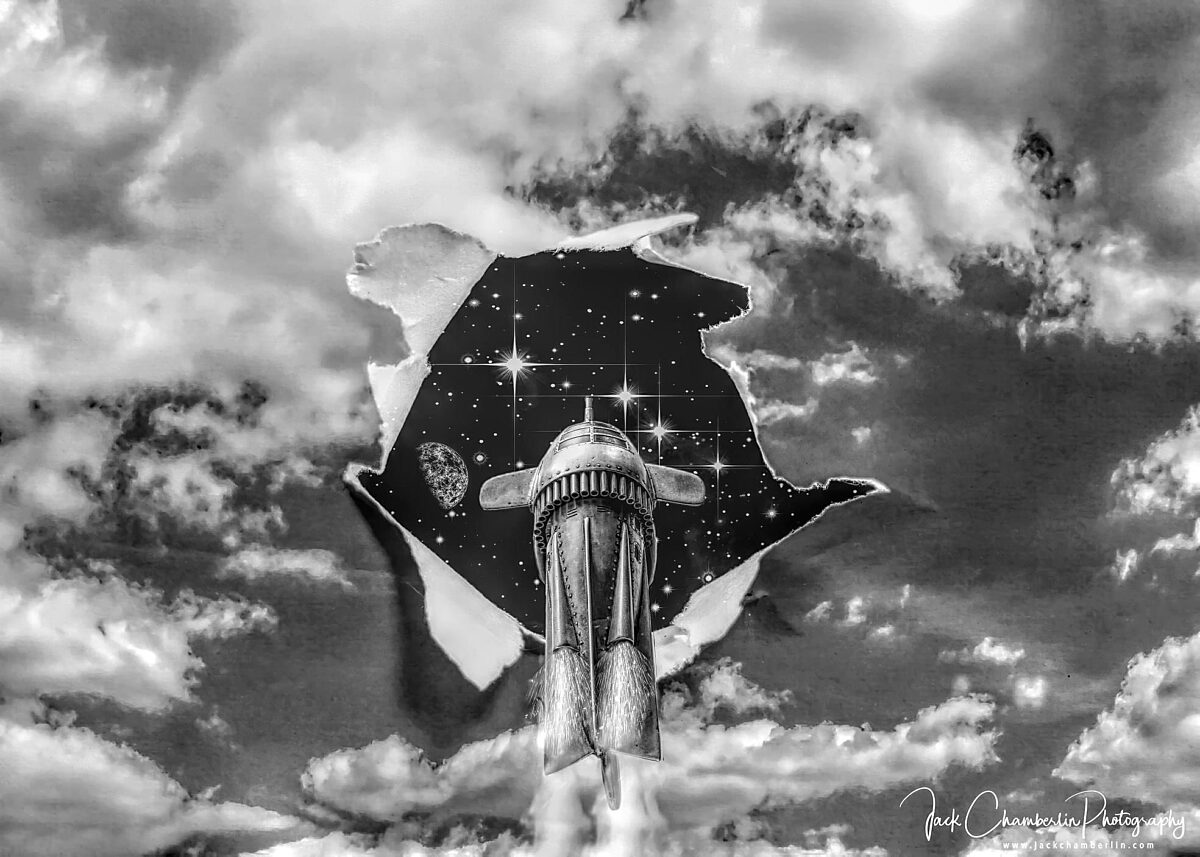
Space art and science fiction have always had a role in imagining the future of exploration technologies. This painting by Planetary Society member Jack Chamberlin, titled "Into Orbit with Flash," captures the spirit of breaking through the known to voyage farther than ever before. Image credit: Jack Chamberlin.
Send us your artwork!
We love to feature space artwork in the Downlink. If you create any kind of space-related art, we invite you to send it to us by replying to any Downlink email or writing to [email protected]. Please let us know in your email if you’re a Planetary Society member!


 Explore Worlds
Explore Worlds Find Life
Find Life Defend Earth
Defend Earth


